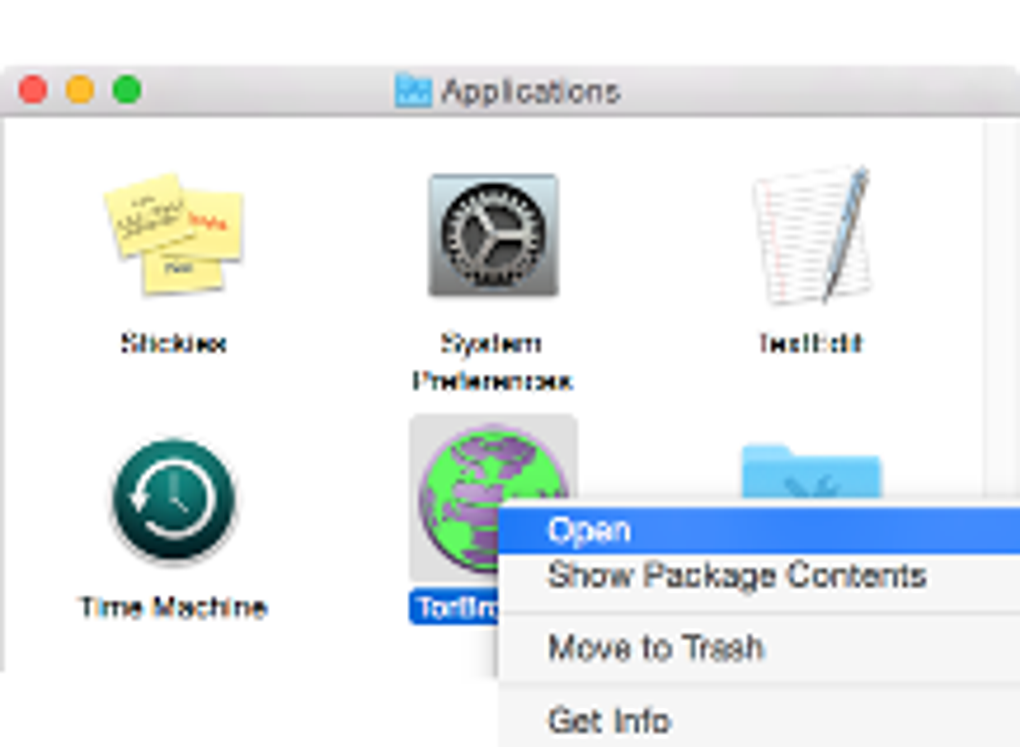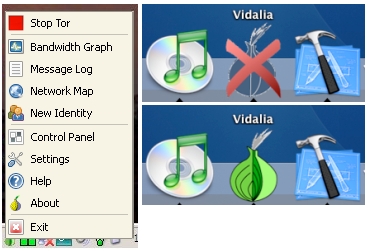Stunning CSS3: A project-based guide to the latest in CSS Zoe Mickley Gillenwater New Riders 1249 Eighth Street Berkeley, CA 94710 (510) 524-2178 Fax: (510) 524-2221 Find us on the Web at www.
punkepandaAltselect.com Tor For Mac Download
New; 成为会员 购买付费会员. This add-on is an officially licensed Airbus product! Highlights: Detailed FMGS with SIDs/STARs/Airways, performance prediction, temporary, alternate and secondary flight plans, fix info, etc. Choice of CFM or IAE engine.
 ,
,thanks for your message: glad that you like our work!
- The crew had wound the ALT selector down to zero, I think, retaining OPDES, so the thrust needed at about 500ft never materialised. (Bit like the B777 at LHR; reason totally different.) Post-Bangalore, one of gums 's software changes ensured that the A/THR automatically comes out of idle mode if the speed falls below Vls.
- Download3k has downloaded and tested version 2000.3.1 of Selector for MS Access 2000 on 21 May 2015 using only the best antivirus engines available Today. We have found it to be clean of any form of badware (viruses, spyware, adware, etc.).
 AP: it works nicely, provided that you perform the appropriate actions. Hyde has made a meticoulous job in fine tuning it; of course, it's not finished yet, and it will evolve better in time.
AP: it works nicely, provided that you perform the appropriate actions. Hyde has made a meticoulous job in fine tuning it; of course, it's not finished yet, and it will evolve better in time.So far, being Hyde absent for some time, you may refer to the old wiki page, here: http://wiki.flightgear.org/Boeing_777-200.
Try to replicate the procedure named 'Autopilot using LNAV/VNAV e.g. From KATL to KMIA.' It should work, even if some small things have changed since then...
Basically, you FIRST need to input a flight-route through the Route Manager, possibly using the SID and STAR procedures for the chosen rways: do not expect the AP to follow Alitude changes at WPs, though, [except while climbing to Cruise Level Altitude, which you MUST input in the relevant Field in the Route manager (on the right), together with the Speed to be used by the AP to climb to Cruise Level (on the left)], as the scope of the AP is to take the aircraft nicely to Cruise Altitude by VNAV, and to follow the WPs by LNAV. [Also, you need at least two WP to be input between origin and destination apts, after SID procedure and before STAR procedure]
After you have finalized your flight plan, and while still 'On Ground', select LNAV and VNAV (before actual take-off, usually at gate, or while taxiing to the departing rway): the respective LEDs will illuminate.
Then take off, do stabilize as usual the aircraft (almost horizontal attitude) and activate the AP: it engages and will immediately follow the VNAV and LNAV programs.
Also: take notice that - if you are flying around with LNAV disengaged, and then wish to actually follow the Route programmed in the Route Manager so to land at the programmed destination apt - you MUST first take the aircraft in a short range of the programmed Route: 3 miles of maximum distance, and not more than 30° angle (Aircraft related to Route): in this conditions, hitting LNAV makes the AP capable of taking again control of the aircraft and follow the course; also, you must have selected an appropriate WP to go to, that is that it sould lies ahead of the actual intersection with your route to the programmed course.
Finally, once the aircraft hits the TD (Top of Descent) point (green marker on the PFD/Map), the AP will make the aircraft to descend to the ALT you will have already selected by the Altitude selector on the AP panel (on the right side): do note, please, that this final Alitude MUST be set BEFORE the aircraft hits the TD point: for instance, if you're cruising at 20000 ft., and see the TD green marker dispalyed on the PFD, and you need to start STAR/Approach procedures at - say - 4000 ft, you have to select 4000 ft on the ALT selector before reaching TD point (check your Map on the PFD): once on the TD point, the AP will take care of the descent to 4000 ft nicely...
Then, just prior to intercept the final descent route ('on final'), acivate LOC: the AP will make the aircraft to follow the Apt's Localizer (you must have a valid frequency selected on Nav1), by adjusting Lateral course; then, while gently descending (usually at 3000-3500 ft, depending from Apt), activate GS, so that the AP will take down the aircraft vertically following the Glide Slope.
Notice: After new scenery, many Apts had wrong GS tresholds; Hyde, with a valuable effort, took care to edit and correct the nav.dat file. We strongly reccomend to use this new file (please see Hyde's post about that, a few week ago).
While working on the Seattle, we decided to try to make it as much as possible similar to the real plane (of, course it's an impossible task to be fully achieved by any simulator): so, should you like to do it, please refer to the Boeing 777 Operation Manual
 , where you will find more info about the real 777's AP: it does not
, where you will find more info about the real 777's AP: it does not
 work as a simple 'hit & forget' tool, as the casual pilot might expect.
work as a simple 'hit & forget' tool, as the casual pilot might expect.It's a complex computer, which must be used as Boeing planned it to be used by the Pilots.
We are planning to produce a new wiki page for the 777 Seattle: at the moment, though, I'm quite busy with modeling a new EFB and other stuff. But, sooner or later, we may post a new wiki page containing a full description of the aircraft's tools and commands. BTW, we're still in the process of developing the Seattle's Cockpit...so, please be patient with us. We're not perfect, nor we pretend to be as such.
And we value very much all you posts and reactions, good or bad they might be...
Altselect.com Tor For Mac High Sierra
Thank you.
Regards,